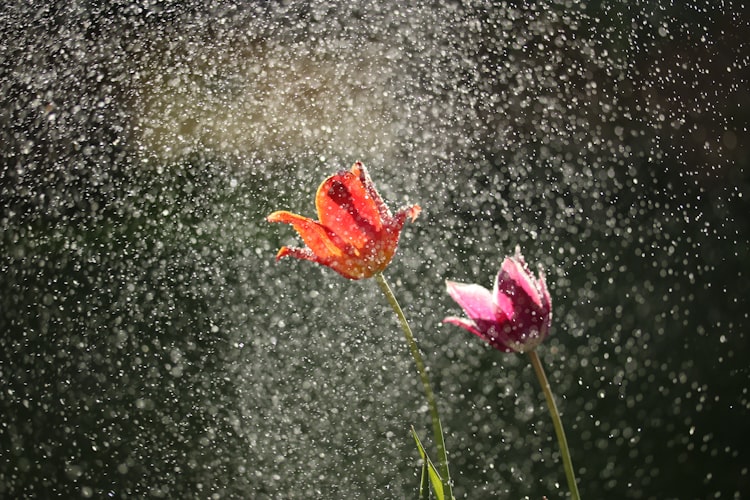Home Depot Drip
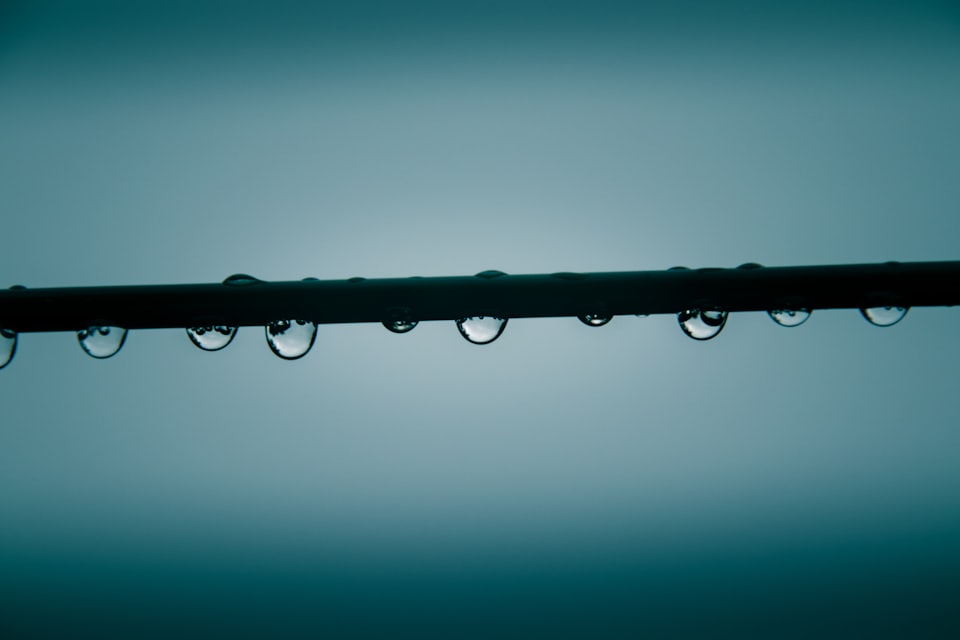
Drip Irrigation is considered to be much more efficient at watering than traditional landscape sprinklers. A drip irrigation system can reduce water use by 50-80% over a conventional sprinkler system. A Sprinkler system will spray water in the air and run for short periods of time at high pressure. A lot of the water is lost due to evaporation and run-off. Run-off occurs when the ground is saturated with water and water starts to "run off" the irrigated area. Drip irrigation runs more slowly at low pressure, delivering water directly to the soil and slowly enough that the ground can absorb all the water.
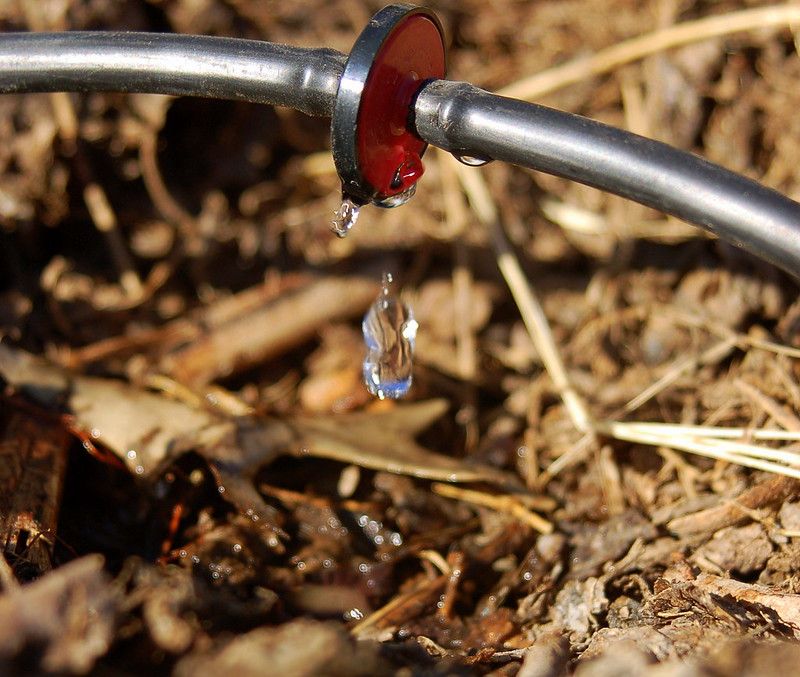
On paper, it makes so much more sense to use drip irrigation, so why is not used as often as sprinkler systems? Firstly, drip irrigation for home use is relatively new and most homes are not set up for it so it requires some investment to replace. The second issue is that many landscapers and commercial gardeners are not familiar with drip irrigation systems and landscapes continue to be maintained using outdated methods. Frustratingly, this make it difficult to find parts or get guidance on drip irrigation at local hardware stores. Despite this, they do carry drip irrigation parts but don't expect to get much help in-store. With some luck, you might be able to source all you need from a hardware store like Home Depot by using the following guide to installing drip irrigation using locally available parts.
As a homeowner, it is likely that you will be starting from scratch when designing a new drip irrigation system. Start first by taking an inventory of your existing irrigation system and assess if it falls into one of these 3 types: 1) non-existent 2) exists but pipes/fittings are leaking, or 3) exists and works fine.
1) No Existing System
If your landscape does not have any system or is damaged beyond repair, you have 2 choices: plumb in a new valve and run your system from there or use a kit that attaches to an existing hose bib. While the second choice is more simple and doesn't require any plumbing, it is a system that can be more prone to leaks and is harder to automate your irrigation using a timer. The big advantage is that you can buy complete kits to build out your system so it is a good choice for beginners. Dig and Rainbird both offer kits for this. As Dig parts are easy to find in-stock in Home Depot hardware stores, using a Dig kit is best for future part compatibility.
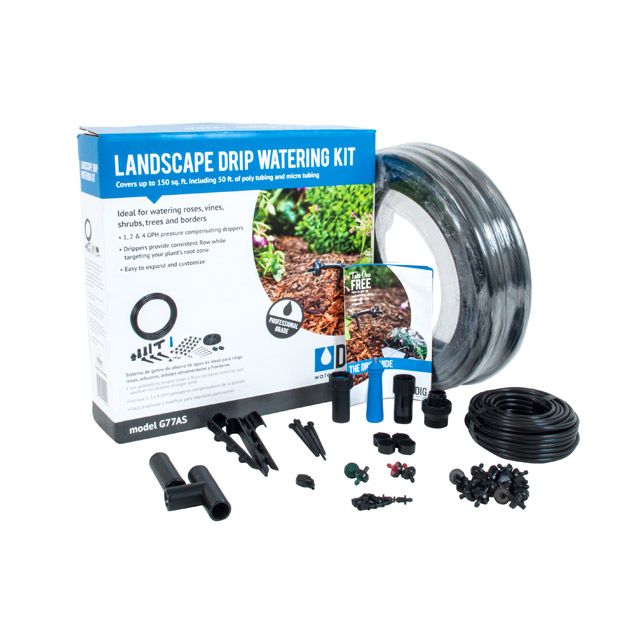
The adapter used in a faucet kit comprises two main components: a filter to prevent dirt getting into your irrigation system, and a pressure regulator. Drip systems run on low pressure and need to be regulated to below 30 PSI.
Running your drip system from a faucet is the easiest to set up and you can find all the necessary parts in big-box hardware stores. The parts in the kits can be bought separately if the kit content does not meet the needs for your system.
If you have no existing system and want to run your drip irrigation using a valve, then you should hire a plumber to make a connection to your home water supply. From that point, you can follow this guide as though you have an existing but broken system.
2) Irrigation Exists but broken
If you have an existing sprinkler system in place but it is not working due to multiple leaks then you will most likely need to build out a new system. If the valve is not too old, it may be re-used, by adding a pressure regulator on the upstream side.
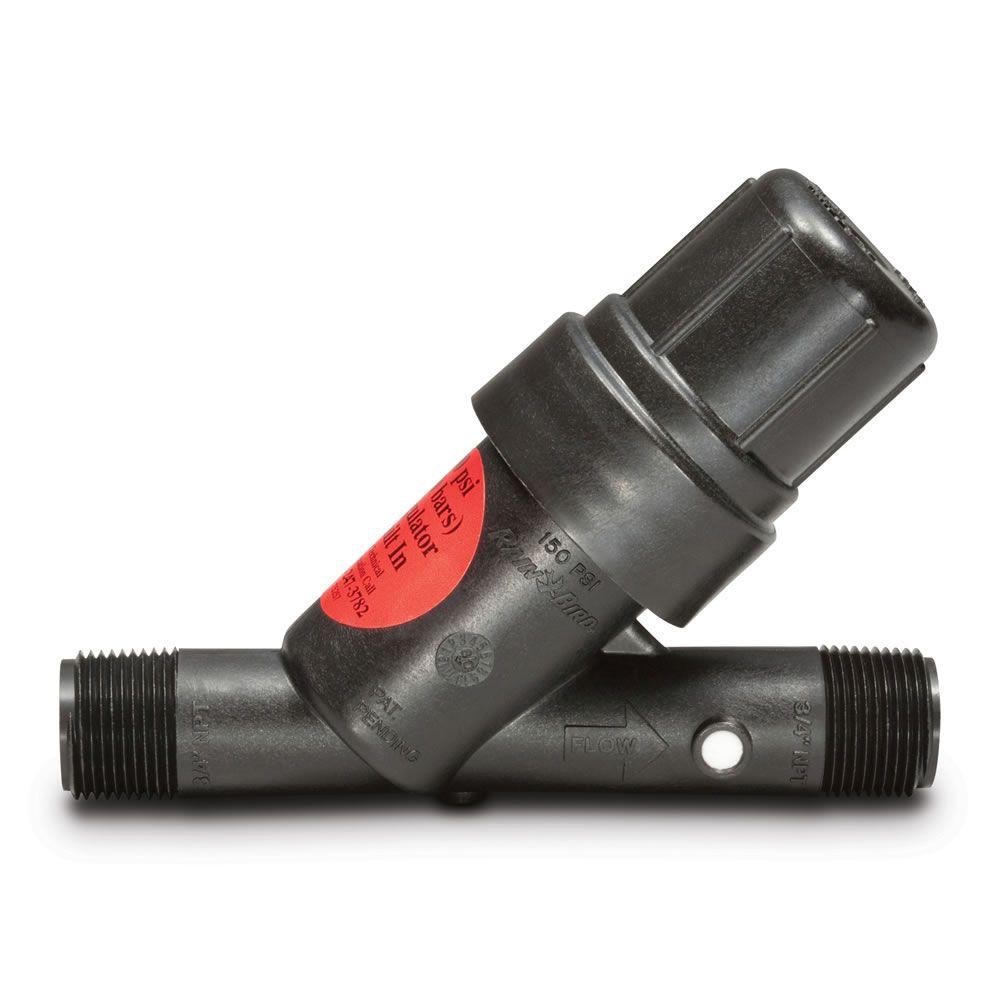
To determine suitability, the valve should be checked to see if it can handle the low flow-rate typically seen in a drip irrigation system. Valves will have min/max flow rate set in gpm (gallons per minute). To calculate the flow rate of your system, you will need to sum the flow rate for all the emitters in your system. Drip emitter flow is measured in gph (gallons per hour), so you'll need to divide the total by 60 to get your system flow rate in gpm. For example, if you have 50 emitters running at 0.5 gph, your system flow rate is (50*0.5)/60 = 0.42 GPM. Most sprinkler valves cannot handle flows <3 gpm, and you will need a low flow drip valve. A drip valve will need to be bought online or at a specialty irrigation store; these types of valves are not offered at big-box hardware stores. If the valve you have is capable of handling this low flow, the pressure regulator filters can be sourced at a local hardware store.
Installing a valve or even just the PR filter will require some plumbing work as the valve will need to be connected to PVC pipe (see below).
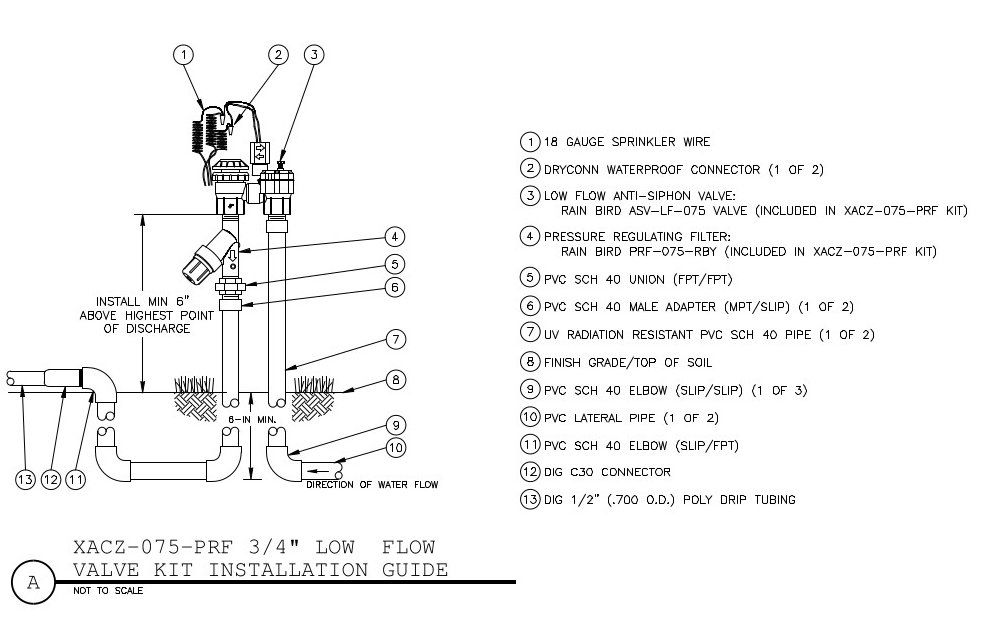
You can use a DIG C-30 adapter (12) to connect your drip tubing to the PVC piping with a female thread (FIP) fitting (11). These fittings can be found at Home Depot so are easy to source.
3) Existing System in good working order
If the existing sprinkler system is in good working order with no leaks and is constructed of PVC, another method of installation is available.
The Riser Connection Kit by Rainbird converts sprinklers into a drip zone. The kit contains a filter and pressure regulator so the existing valve can still be used. A similar connection kit is available from Dig. In my experience I have found the Rainbird kit to be very reliable and rugged but more conspicuous than the Dig kit.
When using connection kits, the existing valve can remain as long as it can support the flow rate (gpm) of the new system. Less than 3 gpm will generally require a low flow valve.
Low Flow Valve
If you replace the valve for your irrigation system, I recommend the Rainbird valves. The Control Zone Kits contain a valve, filter and pressure regulator in one package making for simple ordering and installation.




